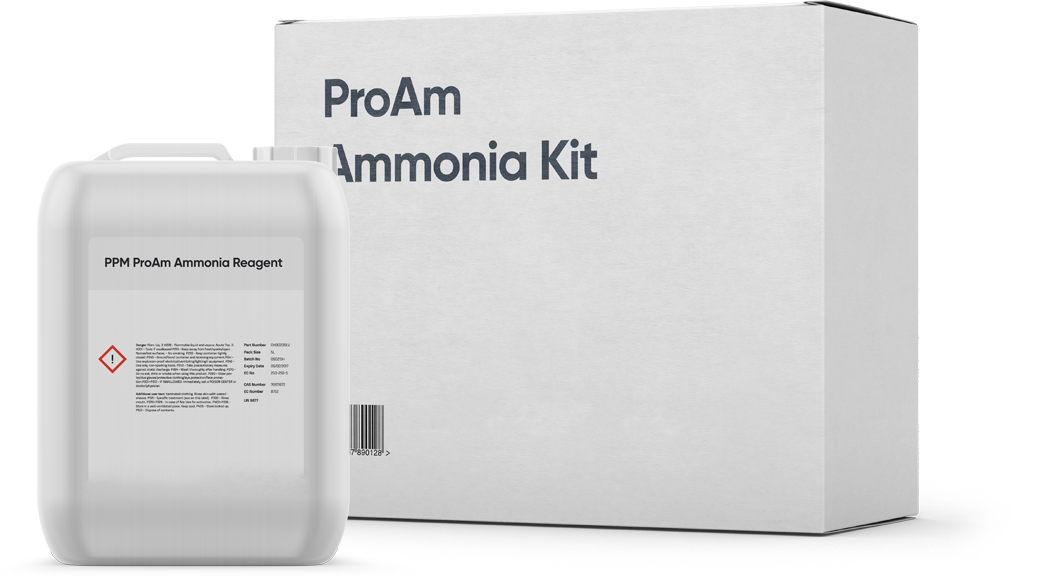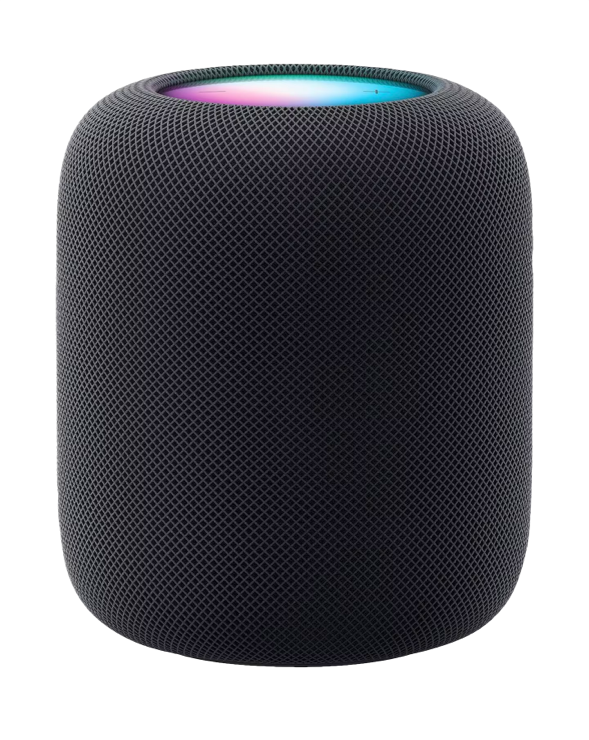Turbidity measurement is a relative measurement of the clarity of a liquid, usually water. It is an optical characteristic of water and is defined by the amount of light that is scattered when subjected to a light source. The more light is scattered, the greater the turbidity. Many particles can contribute to turbidity including clay, silt, small inorganic and organic matter, algae, dissolved colored organic compounds and other microscopic organisms. It is usually measured in nephelometric turbidity units (NTU) but FTU (formazin turbidity units) and FAU (formazin attenuated units) may also be used in some applications and countries.
In drinking water treatment, the raw water turbidity is measured as well as the organics (and other physical parameters) to define the general water quality entering the works which may drive the coagulation control. Downstream of clarification, turbidity is monitored to ensure that it is being removed at each stage as during disinfection, turbidity must be low (typically <1NTU) to ensure effective disinfection of the final water. A final water turbidity measurement is often between 0.02 and 0.1NTU.
We can also supply Aluminium Reagents for your instruments, to your formulation, with your branding, full traceability, bespoke MSDS’, and C of A’s. See our manufacturing capabilities for more information or get in touch below.

To contact us, or to request a callback, simply use this form and we will promptly get back to you.
Reach out to us through our online contact form for reagent inquiries, and you’ll be automatically entered into our prize draw for a chance to win an Apple HomePod! This is a unique opportunity to enhance your production experience while enjoying cutting-edge audio technology.




